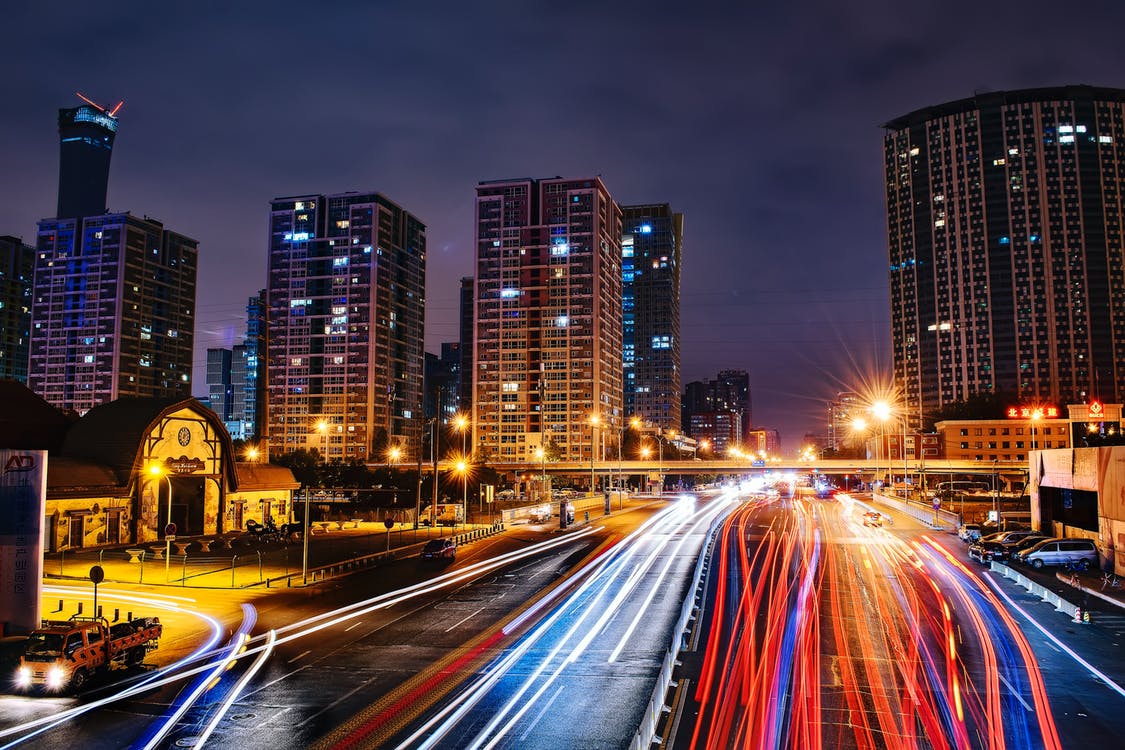Netflix’s “House of Cards” series featuring amazing time-lapse footage of the Washington, DC area by Drew Geraci.
What is time-lapse photography?
Video or movies are typically shot at 24 or 30 frames per second. At this speed, the human eye is tricked into thinking they are seeing a moving image. Any capture speed faster than this will slow down the motion when played back at normal speed.
For example a lot of the slow motion effects you see in YouTube videos are shot at 120 or 240 frames per second. Just enough to give a slowing effect. If you want to stop a bullet speeding through the air you’d have to use special high speed cameras capable of shooting thousands of frames per second.
With time-lapse the idea is you only shot a frame at an interval of say half or a full second. Or every one shot every hour. The resulting series of images are played back at normal speed and long period of time is compressed into a few seconds. So it might take five or ten minutes or even hours to create a short click of time-lapse footage.
How to create time-lapse photography footage
Like all video, time-lapse footage is made up of a sequence of still images. Time-lapse footages consists of two basic steps, capturing the still images and then combining them. Depending on your equipment, these sets can easily be combined in-camera or it might take a bit more processing in post.
Capturing the still images for time-lapse footage
There are two ways to capture the stills needed for time-lapse footage depending if your camera has builtin time-lapse features or not.
One way is to set your camera to take still images at an interval of say one shot per second.
Set at one shot per second, to create 10 seconds of final footage at 24 frames per second you’ll need to take four minutes of time-lapse. (24 x 10 = 240 frames shot. 240/60 seconds = four minutes). Set at .5 stop per second and the time would only be two minutes but the time-lapse would appear slower i.e. not as much gaps between frames.
Some cameras have built in interval timers to control the shutter. Others do not. If your camera does not have a built in interval timer, you can purchase a device known as an “intervalometer”. Basically a remote shutter release that can be programmed to trip the shutter at set times.
Buy an intervolmeter which fits your specific camera. Some come with a variety of adapters, some are only made for specific camera brands like Canon or Nikon.
Many of the newer mirror-less camera like the Canon RP and the GoPro Hero Black 7 have built-in time-lapse features. Even the older GoPro Hero Black 5 came with built-in time-lapse features. You can even set these cameras to just capture the series of stills for later processing or let the camera combine the images into video footage.
Combining the still photographs for time-lapse footage
Combining the stills into video are done two ways – in post-processing software or in camera. The easy way is in camera if your camera offers this feature. Otherwise you can combine and tweak the stills in video processing software or even in Adobe Photoshop.
Higher Quality Footage
One nice benefit of time-lapse footage is that you can typically get a high resolution footage than you camera typically offers for video. Your camera may not offer 4K video for regular video capture but it might for time-lapse. This is due to the nature of time-lapse – taking a single image at a time. The camera can dedicate all of its resources to capturing a single frame.
Adding Motion to a Time-lapse
Typically when shooting time-lapse footage, the camera stays rock stolid still on a tripod. But there are some devices on the market that allow the camera to slide (sliders) or pan during capture. The trick is that they have to be very smooth and move very slowly.
Like with anything, the smaller the camera, the less expensive these devices will be. For phones, action cameras and small mirrorless cameras, you can get some impressive results by experimenting with rather inexpensive rotating panning devices.
Crude homemade devices for the GoPro have even made from Ikea kitchen timers but the electronic rotating motor ones on the market don’t much more and provide smoother motion than a mechanical egg timer.
You can also add some panning motion in post production. Video editing software typically has features which allow some kind of zooming or panning to the footage.
Another way to do motion in time-lapse is called “hyper-lapse” or “timewarp”. In this case not only is the scene moving but the camera is moving also. To keep your viewer from getting seasick, it’s best to keep the camera focused on a single view and don’t move it around too much.
Also, in camera stabilization via software has gotten a lot better in new cameras like the GoPro Hero Black 7.
The GoPro Hero Black 7 does a great job of aligning the stills into a smooth hyper-lapse as shown above. I took this footage of a walk to the Mission Beach boardwalk from my hotel. Simply handheld as I walked. The GoPro did a great job smoothing out all of the ups and downs of my steps.
